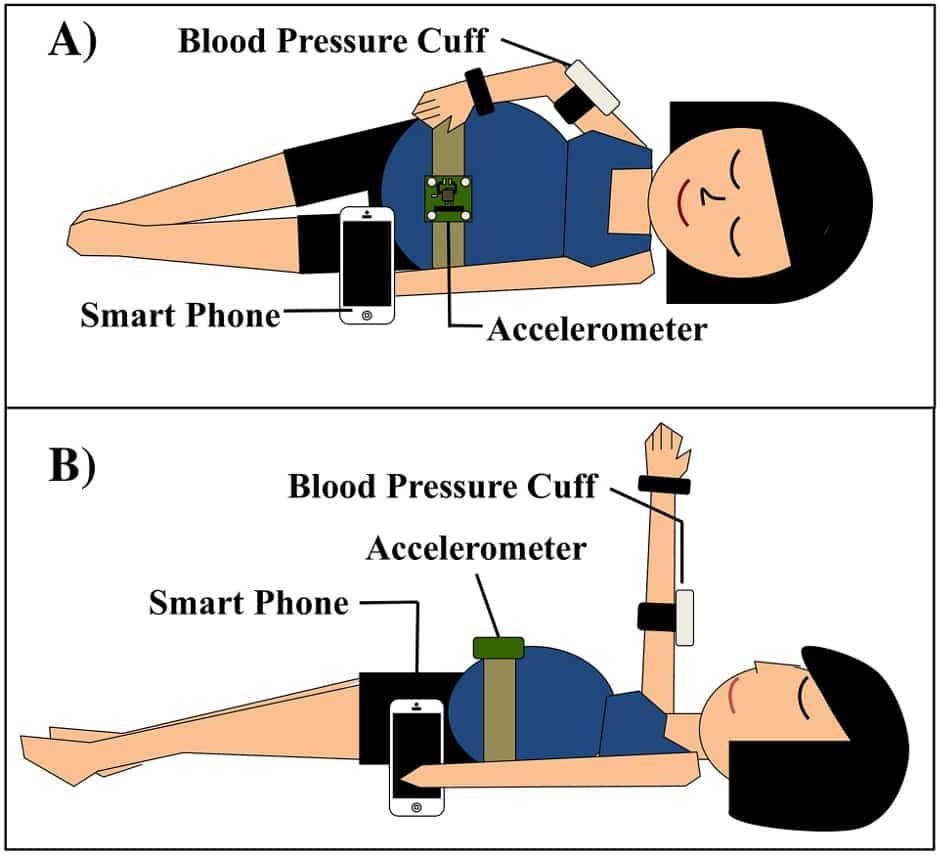Smartphone and wearable devices help diagnose preeclampsia
Pregnant women may one day be able to use a smartphone and wearable devices to detect signs of preeclampsia, a condition that can cause organ damage and premature birth.


The technology is being developed at Purdue University, Indiana with the help of a $100,000 Grand Challenges Explorations grant from the Bill & Melinda Gates Foundation.
Led by Craig Goergen, an assistant professor in Purdue University’s Weldon School of Biomedical Engineering, the team is working to combine smartphones, a conventional inflatable blood pressure cuff, and a wireless accelerometer to build a prototype that detects preeclampsia before it develops.
According to Purdue, the most innovative aspect of the device is its use of the supine pressor test, which measures whether a woman’s blood pressure increases when she changes position from lying on her left side to lying on her back. If the diastolic pressure increases enough, it is a warning sign that a woman is susceptible to preeclampsia.
“This is a device that women are going to be able to use at home with a minimal amount of training,” Goergen said.
Register now to continue reading
Thanks for visiting The Engineer. You’ve now reached your monthly limit of news stories. Register for free to unlock unlimited access to all of our news coverage, as well as premium content including opinion, in-depth features and special reports.
Benefits of registering
-
In-depth insights and coverage of key emerging trends
-
Unrestricted access to special reports throughout the year
-
Daily technology news delivered straight to your inbox










UK Enters ‘Golden Age of Nuclear’
The delay (nearly 8 years) in getting approval for the Rolls-Royce SMR is most worrying. Signifies a torpid and expensive system that is quite onerous...